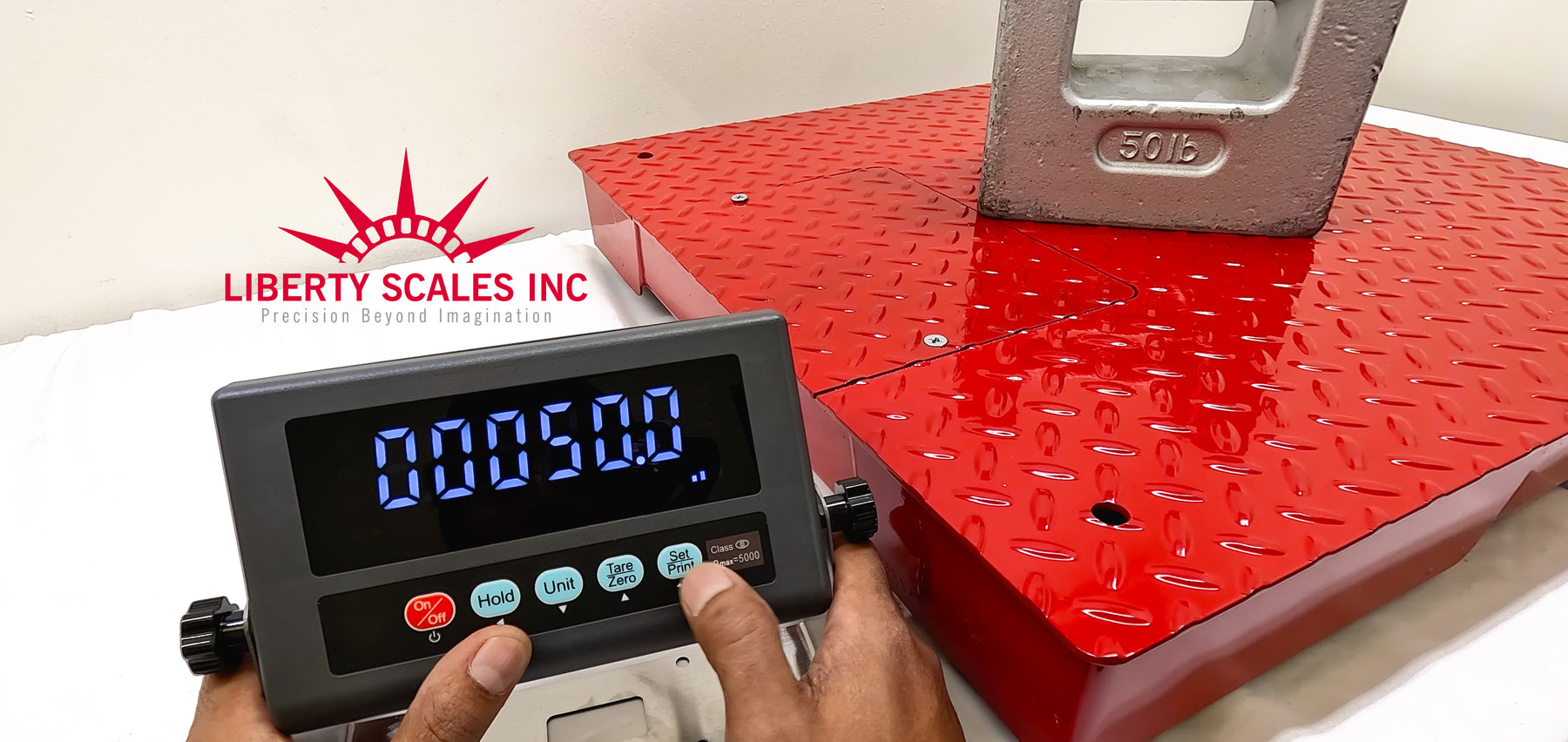
Ultimate Guide to Ensuring Scale Accuracy: Tips and Best Practices
Scale accuracy is crucial for various industries, from laboratories to freight companies, where precise measurements are vital. Understanding how to maintain and ensure the accuracy of your scales can prevent costly errors and improve operational efficiency.
1. What is Scale Accuracy?
Scale accuracy refers to how well a scale can display the weight of a sample relative to its true weight. It involves various factors such as readability, repeatability, linearity, and reproducibility. Accurate scales are essential for ensuring that measurements are reliable and consistent.
2. Key Factors Affecting Scale Accuracy
2.1) Readability
Readability, or division size, is the smallest increment of weight that a scale can display. While higher readability (smaller division size) indicates more precise readings, it does not necessarily mean higher accuracy.
While a finer readability, say 0.1 lbs, might suggest greater precision, it doesn't necessarily mean the scale is more accurate. For example, a scale with a readability of 0.1 lbs might not be as accurate in real-world conditions as a scale with a readability of 0.3 lbs due to other influencing factors.
2.2) Repeatability
Repeatability measures how consistently a scale displays the same weight for repeated measurements of the same object. High repeatability is essential for ensuring that weight measurements are reliable over time.
For instance, a scale with a readability of 0.1 pound might show a repeatability rate of ±0.2 pounds, indicating slight variations are possible within this range.
2.3) Linearity
Linearity assesses how accurately a scale measures weights across its full capacity range. A scale with good linearity will display accurate weights consistently, whether weighing small or large objects.
If a scale shows perfect linearity, a 500 lbs weight would exactly show 500 pounds, and a 1000 lbs weight would show exactly 1000 pounds. Deviations from these expected values indicate linearity errors.
2.4) Reproducibility
Reproducibility is the scale's ability to provide consistent measurements under varying conditions, such as changes in ambient temperature or after being moved. Ensuring high reproducibility helps maintain accuracy in different environments.
3. Best Practices for Maintaining Scale Accuracy
3.1) Store Properly
Store scales in a cool, dry place to avoid damage from moisture and humidity. Use protective cases for small scales to prevent dust accumulation and physical damage.
3.2) Keep Clean
Regular cleaning prevents dust, dirt, and debris from affecting the scale's performance. Use a soft cloth or microfiber towel for small scales and a pressure washer for larger scales like truck scales.
3.3) Calibrate Regularly
Calibration involves comparing the scale's readings to a known weight and adjusting as necessary. Use calibration weights that match your scale's capacity and follow the manufacturer’s instructions for best results.
3.4) Avoid Overloading
Adhering to the scale's maximum weight limit prevents damage to internal components. Overloading can lead to inaccurate measurements and potential scale failure.
3.5) Handle with Care
Avoid dropping or mishandling the scale to prevent damage to sensitive components. Use protective cases when transporting scales to minimize the risk of jarring movements affecting accuracy.
4. Calibration: Procedures To Adopt
4.1) Establishing Calibration Intervals
Determine the frequency of calibrations based on the scale's usage, environment, and precision requirements. High-precision applications may require more frequent calibrations compared to general manufacturing scales.
4.2) Legal-for-Trade Calibration
Ensure that scales used in commercial transactions comply with legal standards. Legal-for-trade calibration ensures accuracy and fairness in transactions, particularly in industries like retail and agriculture.
Liberty Scales offers a vast range of NTEP certified Legal for Trade Scales. Please visit the links below to have a look:
4.3) Calibration Tolerance
Understand the acceptable range of deviation for your scale's measurements. Adhering to calibration tolerance ensures that the scale provides reliable and precise readings within specified limits.
5. Choosing a Calibration Service Provider
5.1) Accreditation and Certification
Select a provider with proper accreditation and certification to ensure they meet industry standards.
5.2) Experience and Expertise
Choose a provider with a proven track record and expertise in calibrating your specific type of scale.
5.3) Service Scope and Turnaround Time
Ensure the provider can handle your scale model and offers quick turnaround times to minimize operational downtime.
5.4) Traceability and Compliance
Ensure the provider offers traceable calibration certificates and adheres to regulatory standards, especially for legal-for-trade scales.
Conclusion
Maintaining the accuracy of your scales is crucial for ensuring reliable measurements and operational efficiency. Keeping your scales accurate is not just about handling them with care; it's about understanding how they work and maintaining them properly. Regular checks and calibrations are essential. If you ever need more detailed guidance or encounter issues, don’t hesitate to reach out to our scale experts.
